“The Last Of Us” and the evolution of zombies on screen, through the lens of AI script analysis.
Posted: March 9, 2023 | Updated: April 20, 2023
Posted In: Articles, Case Studies
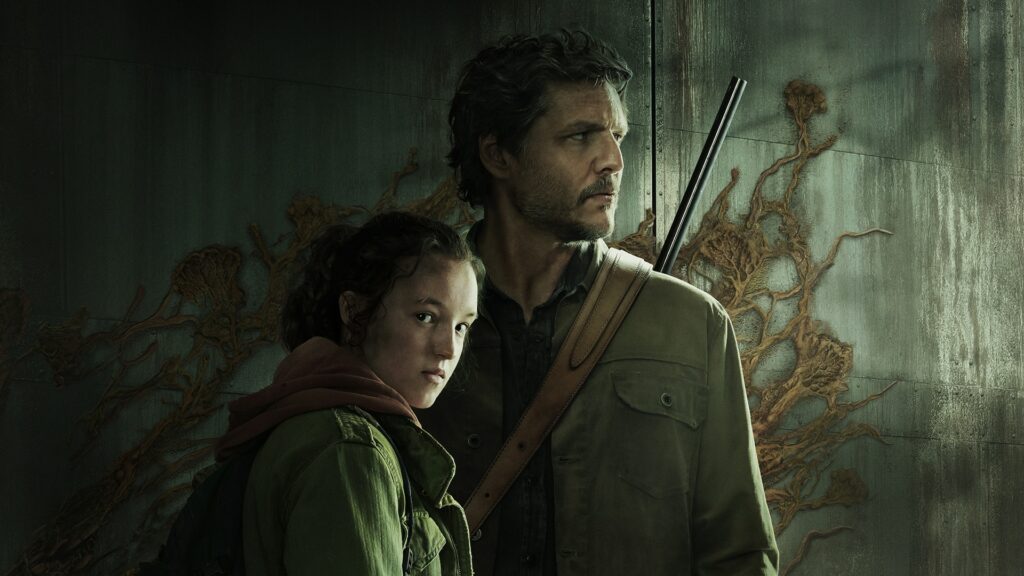
From the very first scene, the TV adaptation of The Last Of Us sets itself apart from other zombie movies and shows. The story elements, such as the realistic setup, the communicative nature of the disease, and Joel and Ellie’s emotional challenges, seem tailored to resonate with an audience recently scarred by a pandemic itself.
After debating the latest episode, we applied AI (artificial intelligence) to analyze if these story elements were also present in pre-pandemic zombie titles. What we found from recent years led us down a rabbit-hole into the past. We discovered that not only can The Last Of Us be considered a brand new era of zombies on screen, but also that this has happened before, multiple times.
Analyzing film script with AI
It would’ve been impossible to analyze so many aspects of multiple scripts without ML (machine learning) and NLP (natural language processing). By analyzing notable titles from different decades and comparing their prevalent elements to the genre norm, we were able to identify four distinct periods of time in which the zombie genre evolved to represent an evolving society. As the data came together we saw a story, but it wasn’t the story of zombies, it was the story of us.
It all starts back in the 1930s, with “The Folklore Zombie”…
The evolution of Zombies:
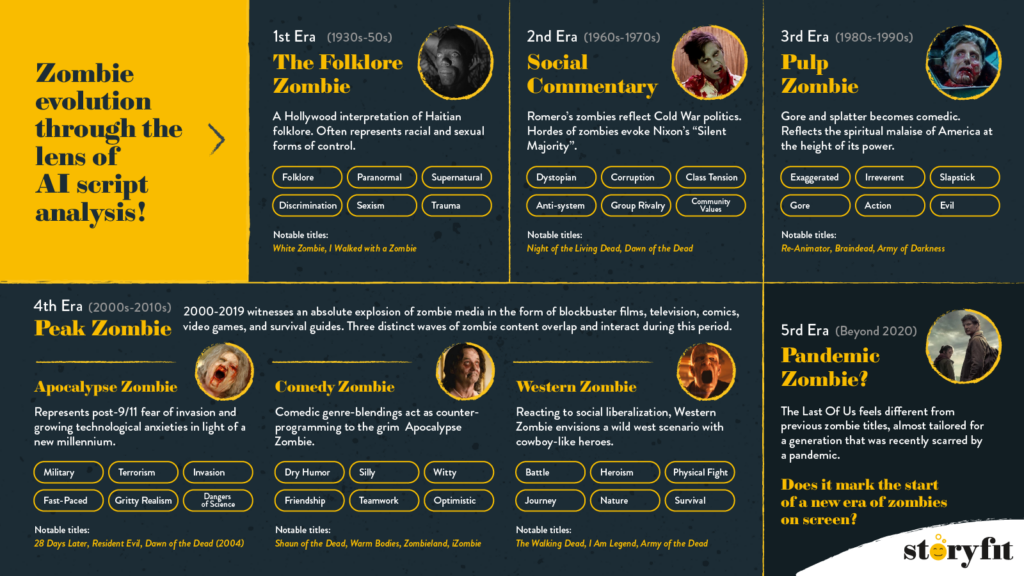
1st. 1930s-50s: The Folklore Zombie
notable titles: White Zombie, I Walked with a Zombie
Zombies shuffle onto American screens for the first time in 1932’s White Zombie. These early zombies are born from a Hollywood interpretation of Haitian folklore and religious practices, with films of the genre typically showcasing evil sorcerers using magic to resurrect and control the dead. The Folklore Zombie appears at an inflection point for the US – between two World Wars, in the midst of the Great Depression, and just 12 years after women gained the right to vote.
In Folklore Zombie films, zombiism often represents racial bondage. The legacy of slavery haunts the genre. In one of the most striking images from White Zombie, zombified Black people labor in a sugar mill, indifferent to their fates even as the mill’s machinery crushes their bodies. I Walked with a Zombie (1942) **ends on a close-up of a slave ship’s figurehead.
The Folklore Zombie also embodies sexual forms of control. Tragic white female characters often figure heavily in these narratives. These women are cursed with zombiism because of their sexualities, whether because they refuse to be seduced by powerful men (White Zombie) or because they cheat on their husbands (I Walked with a Zombie).
Example: AI script analysis – The Folklore Zombie elements and themes
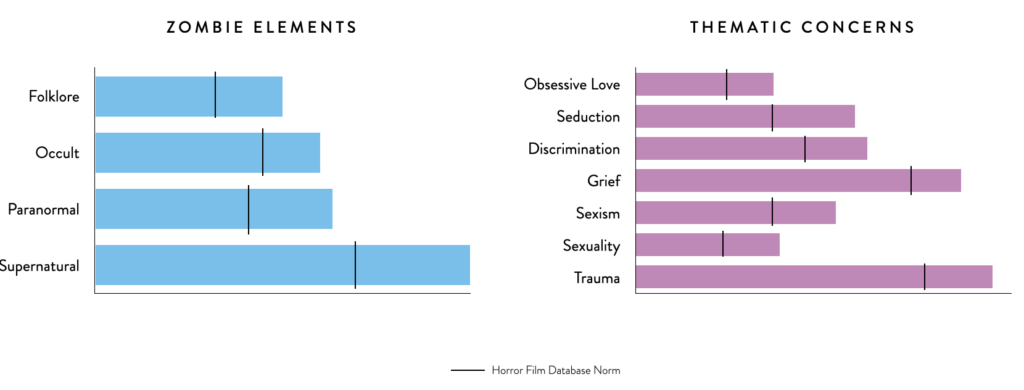
2nd. 1960s-1970s: Social Commentary Zombie (or, the Romero Zombie)
notable titles: Night of the Living Dead, Dawn of the Dead
The Social Commentary Zombie departs the tropical jungles of the Caribbean and shambles through the malls and farmhouses of the mainland US. These zombies are no longer created and controlled by magic. Instead, they traverse the landscape in mindless hordes, hungering for living flesh and spreading their condition through infected bites.
While the Folklore Zombie represents bondage, the Social Commentary Zombie reflects Cold War era American politics.
Example: AI script analysis – Social Commentary Zombie themes
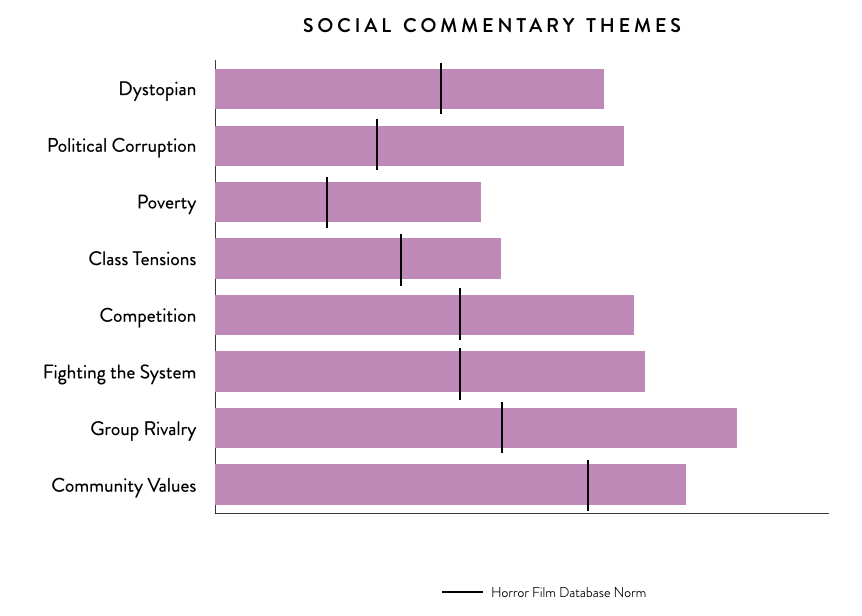
In George Romero’s Night of the Living Dead (1968), inarticulate hordes of zombies violently overwhelm, infect, and assimilate the film’s human characters, evoking the dominating political force of Nixon’s “Silent Majority” (pro-war, pro-police voters). The 1978 sequel Dawn of the Dead also explores consumerism, famously setting the action in a shopping mall. Its zombies are not simply monsters but tragic figures. Early in the film, a newscaster remarks that the zombies exist “only to consume”, and the camera often lingers on trapped and forlorn zombies wandering in circles through department stores.
3rd. 1980s-1990s: Pulp Zombie
notable titles: Re-Animator, Braindead, Army of Darkness
George Romero’s Social Commentary Zombie films push the zombie to violent new extremes, generating outrage in the press and leading commentators to describe the movies as “an orgy of sadism” (source). The Pulp Zombie wave picks up Romero’s bloody torch and gleefully runs with it.
In movies such as Re-Animator (1985) and Braindead (1992), the filmmakers crank the gore and splatter elements so high they become comedic. Slapstick scenes where headless corpses perform surgery (Re-Animator) and backflipping acrobat zombies get crushed between walls of steel spikes (Army of Darkness (1992)) resemble Looney Toons gags just as much as they resemble traditional zombie films.
Example: AI script analysis – Pulp Zombie tones and elements
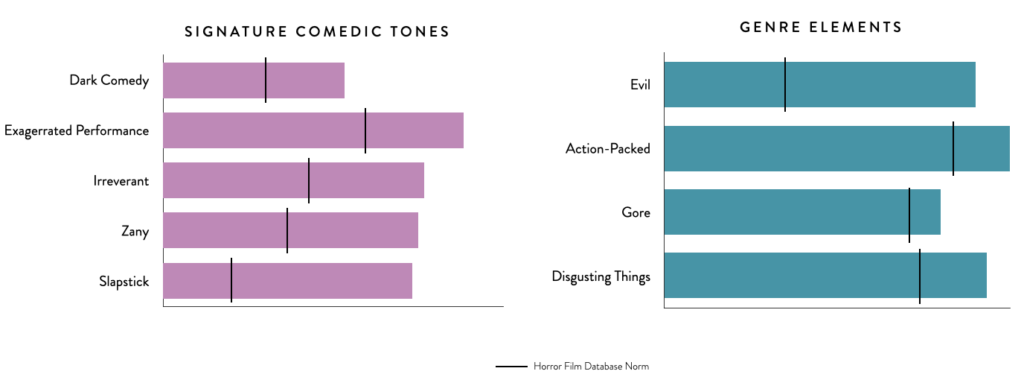
B-movie production values heighten the anarchic sense of humor. The weightless violence might reflect the spiritual malaise of America at the height of its economic and political power.
4th. 2000s-2010s: Peak Zombie
2000-2019 witnesses an absolute explosion of zombie media in the form of blockbuster films, television, comics, video games, and survival guides. Distinct waves of onscreen zombie content overlap and interact during this period.
4a. Apocalypse Zombie
notable titles: 28 Days Later, Resident Evil, Dawn of the Dead (2004), World War Z
By 2002, movie zombies hardly resemble the Folklore Zombie of yore. The Apocalypse Zombie no longer shambles – it runs. The zombie origin story takes on a sci-fi flavor (genetic engineering, viral epidemic, ecoterrorism), fueled by growing technological anxieties in light of a new millennium. This new breed of zombie is terrifying, unstoppable, and capable of ending human life as we know it.
Example: AI script analysis – Apocalypse Zombie themes and elements
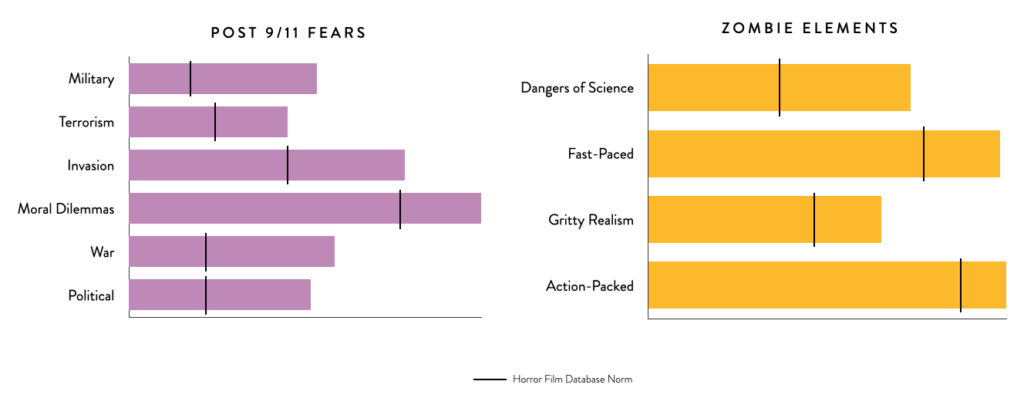
Although 28 Days Later (2002) and Resident Evil (2002) enter production before 9/11, they release in theaters at a time when American fear of invasion by “the Other” hits a fever pitch. Dawn of the Dead (2004) opens with a distorted image of Muslim people bowing in prayer, and images of destroyed cities (28 Days Later, Resident Evil, World War Z (2013)) recall footage of the Twin Towers collapsing. Apocalypse Zombie films envision the total collapse of Western society.
4b. Comedy Zombie
notable titles: Shaun of the Dead, Warm Bodies, Zombieland, iZombie
What distinguishes the Comedy Zombie from the comedic Pulp Zombie of the 80s and 90s? Pulp Zombies are often nasty and genuinely threatening, whereas a twee sensibility animates the Comedy Zombie. Sometimes, the Comedy Zombie is downright cute and cuddly.
Comedy Zombie media borrows tropes from Apocalypse and Social Commentary zombies and mashes them with unlikely genre elements, resulting in mutant creations like the zombie buddy comedy (Shaun of the Dead (2004)), the zombie coming-of-age tale (Zombieland (2009)) and the zombie YA romance (Warm Bodies (2013)).
Example: AI script analysis – Comedy Zombie tones and elements
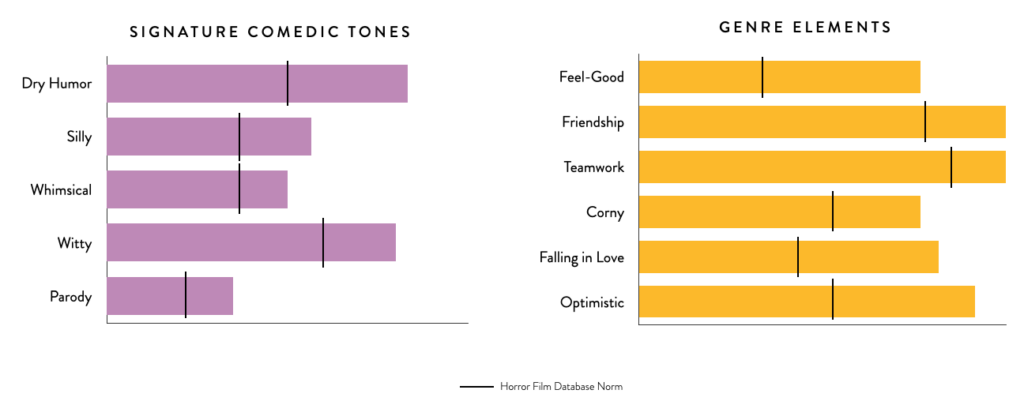
A Comedy Zombie can do much more than eat brains — it can fall in love (Warm Bodies), play video games with its best friend (Shaun of the Dead), or solve crimes (iZombie (2015-2019)). These genre parodies act as lighthearted counter-programming to the relentlessly grim atmosphere of the Apocalypse Zombie wave.
4c. Western Zombie
notable titles: The Walking Dead, I Am Legend, Army of the Dead
While the Apocalypse Zombie poses the question “What does the fall of civilization look like?” the Western Zombie asks us: “What happens afterward?”
Western Zombie media cares less about zombies as a metaphor, and more about zombies as an engine of social breakdown. After the zombie apocalypse, modern civilization “reverts” to a wild west-like state of nature, and a singular (almost always male) figure must carve a path through the inhospitable landscape. The Walking Dead (2010-2022) **borrows heavily from Western iconography. In one of its most famous promotional images, Sheriff Rick Grimes rides into town on a horse with a cowboy hat on his head and a shotgun on his shoulder.
Example: AI script analysis – Western Zombie elements
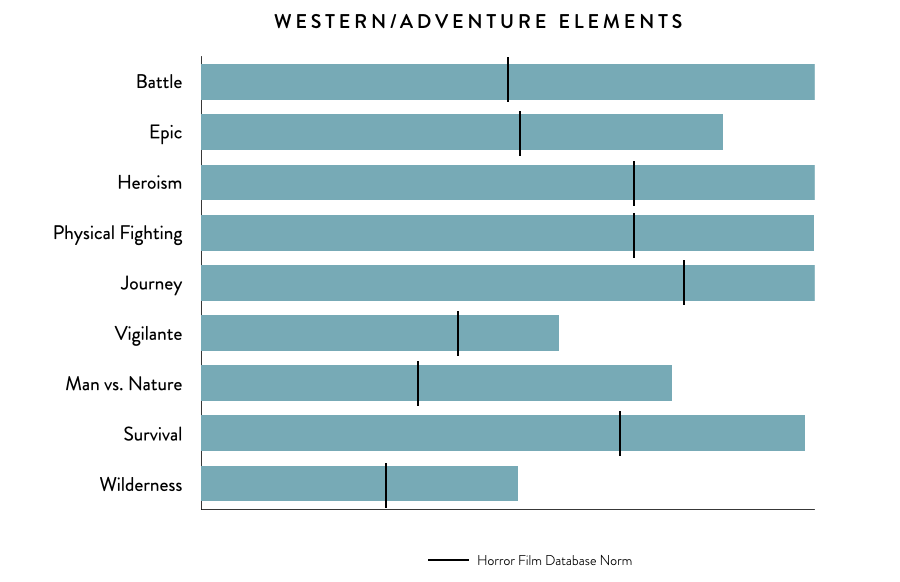
Barack Obama becomes president in ‘09, civil unrest brings police violence to the mainstream conversation in ‘14, and the Supreme Court legalizes same-sex marriage in ‘15. Perhaps in reaction to increasing social liberalization, Western Zombie media envisions a world where the hallmarks of conservative masculinity (ruthlessness, physical strength, authority) ensure humanity’s survival.
Beyond 2020.
As the sun sets on the age of Peak Zombie, a new type of zombie narrative takes shape on the horizon: the Pandemic Zombie.
Like the Western Zombie wave, the Pandemic Zombie wave doesn’t concern itself much with the actual zombies. Instead, shows such as The Last of Us (2023-) **and Kingdom (2019-) use zombie pandemics as backdrops to explore systemic failure.
Kingdom’s protagonists quickly wise up to their predicament, but government corruption and mismanagement cause disease and carnage to spread much farther than they should. The Last of Us depicts different leadership structures (military, communist, fascist) and their varying levels of success. Film and television audiences now share three years of personal experience living through a viral pandemic — rich territory for storytellers to continue to mine.
What narrative, if any, can we trace over the long arc of zombie history? What does The Last of Us share with its earliest onscreen ancestor, White Zombie? Both works center female characters.
White Zombie tells the story of a woman who falls victim to zombiism and must be cured by the men who love her. The Last of Us tells the story of a girl whose blood contains the only known cure to zombiism. Over nearly a century of screen history, we witness the narrative progression from woman as victim to woman as cure.
What Follows
After experiencing this incredible journey, we are eager to see what comes next after The Last Of Us.
We will keep an eye out for new titles and analyze their script through our AI program to continue unveiling new trends. Hopefully, this will also provide clarity on the times we live in.
Will there be an entire era of post-pandemic zombies? Or where will the torch be passed to next?
One thing is certain: zombies are hard to kill.
PS. We’re also eager to dive deep into other genres with AI script analysis, do you have any hypotheses that you’d like to prove?
